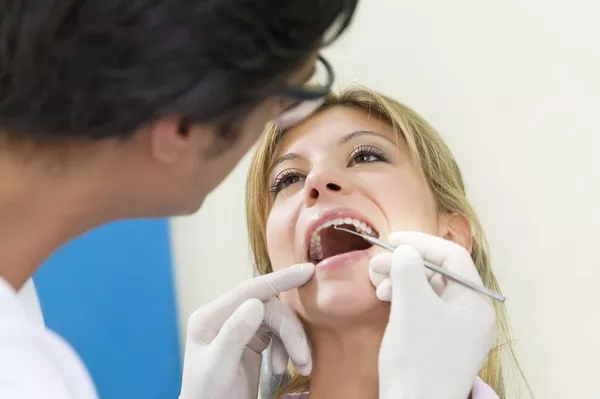Swallowing a filling can be a concerning experience for anyone who has undergone dental work. Whether it’s a small amalgam filling or a larger composite restoration, the thought of ingesting dental material raises questions about potential harm and safety. In this comprehensive guide, we delve into the topic of swallowing fillings, examining the possible risks, safety measures, and what to do if it happens to you.
Understanding Dental Fillings:
Before exploring the implications of swallowing a filling, it’s essential to understand what dental fillings are and why they’re used. Dental fillings are materials used to repair cavities or restore damaged teeth. They come in various types, including amalgam (silver-colored), composite (tooth-colored), gold, and ceramic. The filling material is placed in the prepared cavity or on the surface of the tooth to restore its shape, function, and appearance.
The Potential Risks of Swallowing a Filling:
While swallowing a small piece of filling material is unlikely to cause serious harm, there are potential risks and considerations to be aware of:
Choking Hazard: Larger pieces of filling material may pose a choking hazard, especially if they become lodged in the throat or airway. This risk is higher in children or individuals with swallowing difficulties.
Digestive Issues: Ingesting filling material can lead to digestive discomfort or irritation, particularly if the material contains metals or other substances that are not easily broken down by the digestive system.
Toxicity Concerns: Some dental filling materials contain metals such as mercury or silver, which could raise concerns about toxicity if ingested in large quantities. However, the amount of metal released from a swallowed filling is typically minimal and unlikely to cause harm.
Safety Measures and Precautions:
While the risk of harm from swallowing a filling is generally low, there are safety measures and precautions that individuals can take to minimize the likelihood of adverse effects:
Seek Immediate Medical Attention: If you accidentally swallow a filling or suspect that you have ingested dental material, seek prompt medical attention, especially if you experience choking, difficulty breathing, or severe discomfort.
Monitor Symptoms: Pay attention to any symptoms or changes in your health following the incident, such as difficulty swallowing, abdominal pain, or unusual sensations in the throat or digestive tract. Report any concerning symptoms to your healthcare provider.
Stay Calm: Although swallowing a filling can be alarming, it’s essential to remain calm and avoid panicking. Most incidents of swallowed fillings result in no serious harm and can be managed with appropriate medical care.
Preventative Measures: To minimize the risk of swallowing a filling in the first place, follow your dentist’s post-operative instructions carefully, avoid chewing on hard or sticky foods immediately after dental work, and practice good oral hygiene to maintain the integrity of dental restorations.
What to Do if You Swallow a Filling:
If you accidentally swallow a filling or a piece of dental material, follow these steps:
Seek Medical Advice: Contact your healthcare provider or dentist for guidance on how to proceed. They can assess the situation and provide appropriate recommendations based on your individual circumstances.
Monitor Symptoms: Keep track of any symptoms or changes in your health following the incident, and report them to your healthcare provider if necessary.
Follow Recommendations: Follow any instructions provided by your healthcare provider, such as monitoring your symptoms, modifying your diet, or scheduling a follow-up appointment for further evaluation if needed.
Conclusion:
While swallowing a dental filling can be a cause for concern, the risk of serious harm is generally low. By understanding the potential risks, taking appropriate safety measures, and seeking prompt medical attention if needed, individuals can minimize the likelihood of adverse effects and ensure their continued well-being. If you find yourself in the unfortunate situation of swallowing a filling, remember to stay calm, seek medical advice, and follow the recommendations of your healthcare provider for the best possible outcome.
With awareness and proactive measures, you can navigate the situation with confidence and maintain your oral health and overall well-being.
How Long Does Filling Cavities Take
Why Is My Tooth Hurting After Filling
Why Is Tooth Sensitive After Filling





























